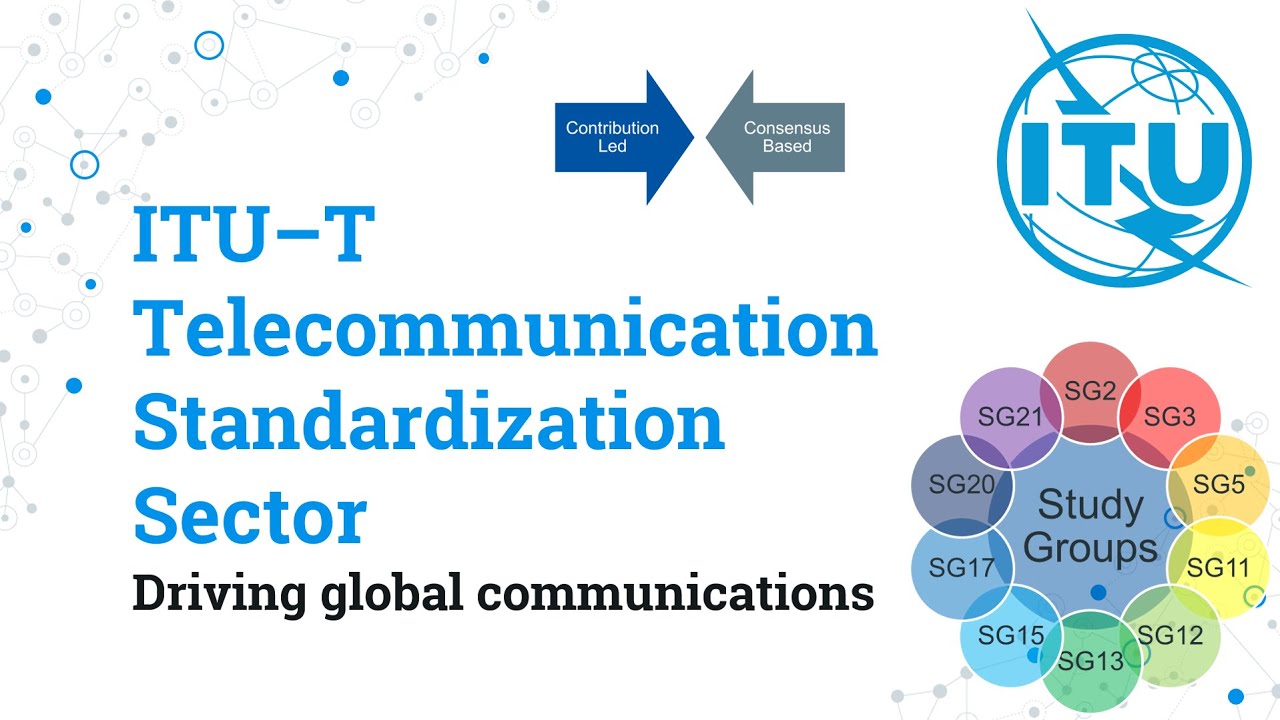Discover how ITU-T has structured its efforts to produce international recommendations to meet the constantly evolving communication needs, pushing technological advancements, and connecting the world seamlessly at every stage of progress.
Have you ever wondered how we are able to make international calls and get connected to so seamlessly? Thanks to ITU-T’s E.164 recommendation, also known as the International Public Telecommunication Numbering Plan. This plan provides the structure and functionality for numbers used in international communication.
The ITU-T ensures that international calling is reliable and straightforward by establishing consistent guidelines that telecom networks worldwide adhere to. This standardization work makes it possible for us to connect with anyone, anywhere on the planet, without any major headaches.
Have you ever wondered how our telecommunications networks transitioned from analogue to digital to provide voice, data, and video services over a single network? Thanks to the ITU-T’s standardization efforts, especially the development of the ITU-T Recommendation I.120 (better known as the Integrated Services Digital Network, or ISDN).
Are you enjoying a reliable, fast, and secure internet connection for seamless online experiences? You can thank the ITU-T standards that have been instrumental in shaping the internet as we know it today.
Starting with the V-series for computer modems, the ITU-T provided many of us with our first online experiences. Then there’s the digital subscriber line (DSL) technologies, which revolutionized broadband access. Moreover, ITU-T’s standards for image and video coding, public key infrastructure (PKI), and voice over IP (VoIP) play pivotal roles in our daily digital lives.
Are you enjoying high-definition video conferencing, IPTV, seamless VoIP communication, and rapid internet access? Thanks to ITU-T’s standards for next-generation networks (NGN), we’ve transitioned from circuit-switched to packet-based networks, bringing a multitude of benefits.
This shift significantly reduces costs for service providers while enabling them to offer a richer variety of services. In 2004, after intense industry debate, ITU-T took the lead in developing NGN standards by creating a Focus Group. This group went on to produce global standards that ensure the smooth and efficient deployment of NGN worldwide.
Are you concerned about phishing, identity theft, or spam? Cybersecurity threats are everywhere, but thanks to ITU-T’s extensive standardization efforts, we have robust defences in place.
Standardization effectively coordinates resources to boost cybersecurity. With over seventy ITU-T Recommendations focused on cybersecurity, such as X.805, telecommunication network operators and enterprises can adopt an end-to-end architecture description from a security perspective. This approach ensures that constantly evolving cyber threats are addressed while users remain protected.
ITU standards have formed the backbone of the worlds communication systems at each stage of technological advance.
From organizing phone numbers and calls, and transitioning from analogue to digital, to enhancing internet & broadband, advancing next-generation networks, and strengthening cybersecurity, ITU-T’s standards have been pivotal in driving technological progress globally.
